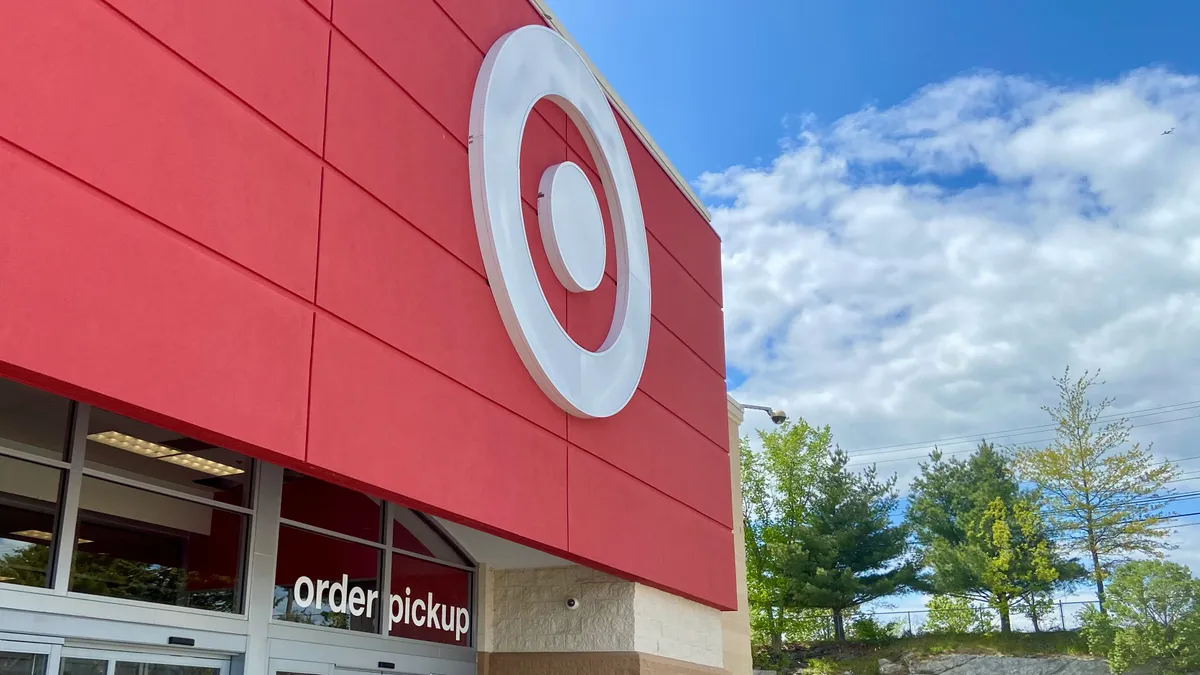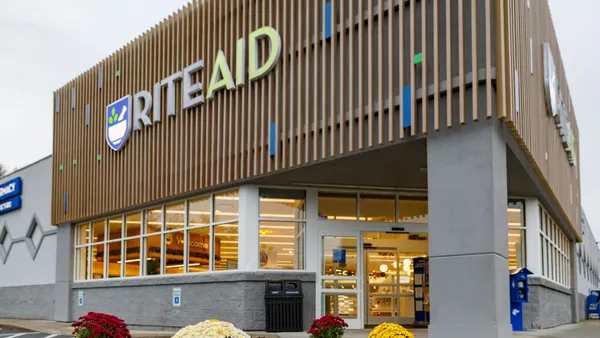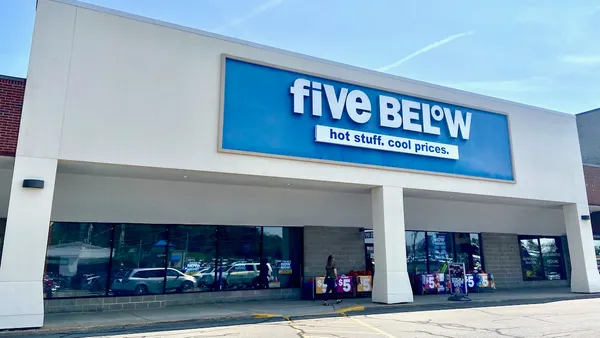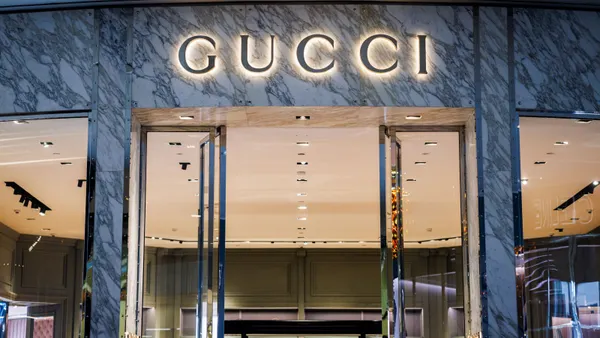Dive Brief:
- In building out its tech team, Wayfair on Thursday announced it appointed Ashwin Rao to serve as its chief science officer and Niraj Nagrani to become its vice president of global supplier marketplace, pricing, catalog and merchandising technologies. The two newly appointed executives will report to Fiona Tan, the company's incoming CTO.
- Rao will focus on implementing machine learning, mathematical modeling and algorithms to strengthen the shopping experience. Nagrani will work toward improving Wayfair's international supplier catalog, merchandising and pricing systems; develop a premier web and mobile experience; and gather data for suppliers, according to the company announcement.
- Rao, who will continue serving as an adjunct professor at Stanford University, brings prior experience as the former vice president of artificial intelligence at Target. Before joining Wayfair, Nagrani previously served as vice president of engineering at Google, per the press release.
Dive Insight:
Wayfair has been making multiple leadership changes lately as it seeks to streamline its supply chain operations and enhance its digital presence. Earlier this week, the e-commerce retailer announced it had hired Sean Halligan to become its new chief global supply chain officer, bringing with him prior experience at companies like Target and Nike. Wayfair earlier this year also appointed Tan to chief technology officer, set to take on the role March 1, and marking the company's third CTO since 2019.
Per the latest leadership change announcement, the appointment of Rao and Nagrani will bolster the company's roster of technologists and catalyze "the future of shopping across all categories of home."
"Technology underpins everything we do at Wayfair," Tan said in a statement. "As an e-commerce and supply chain leader with suppliers and operations around the world, Wayfair is at the forefront of solving some of the most sophisticated and complex technological challenges facing retail. Ashwin and Niraj bring valuable expertise to the leadership team as we work together to drive the future evolution of our customer experience across online and physical retail."
But as the furniture retailer shakes up its leadership, the company is also struggling with waning demand. At the onset of the pandemic, Wayfair — like other retailers selling home goods — experienced a boost to sales as consumers invested more in their homes. But in recent months, as consumers have shifted spending elsewhere, the online home retailer has faced declining sales. The company's Q3 net sales dropped by 18.7% year over year to $3.1 billion. However, compared to 2019, its net revenue rose 35.4%. Wayfair also reported losses again after a brief stint in the black last year: In its most recent quarter, the retailer reported an operating loss of $69.8 million and a net loss of $78 million. Advertising costs represented around 10% of total revenue during the quarter compared to last year when it represented under 9% of revenue.
To help mitigate the high marketing costs associated with acquiring customers online, many DTC brands, including Wayfair, have turned to physical retail, whether through pop-ups, permanent stores or partnerships with traditional retailers. In December, the company announced plans to open two new AllModern stores and one Joss & Main store, with more store openings anticipated over the next two years.













